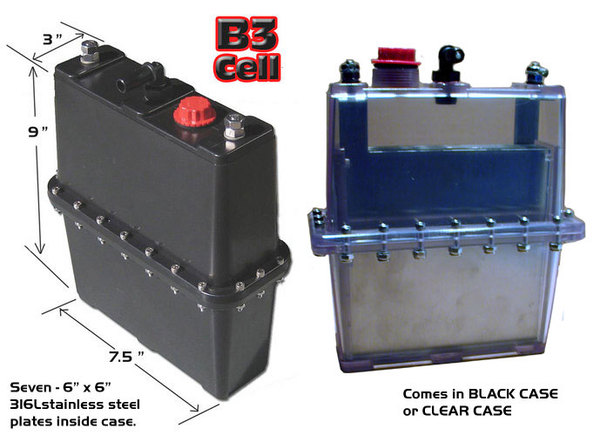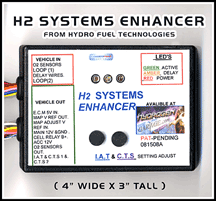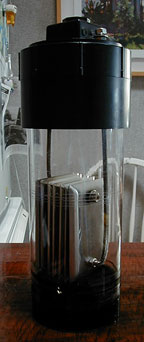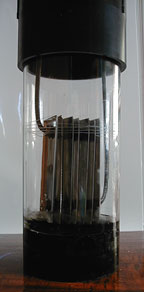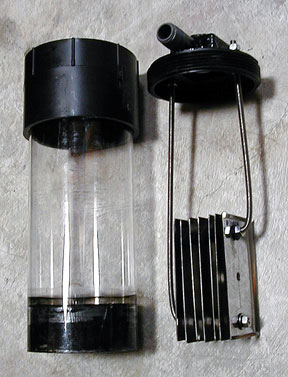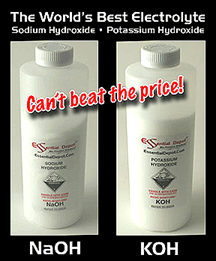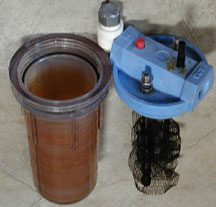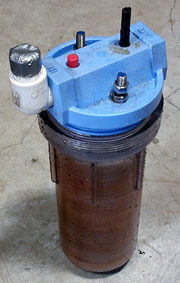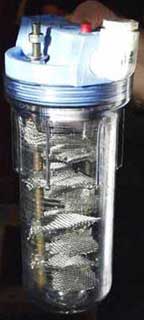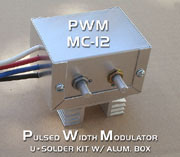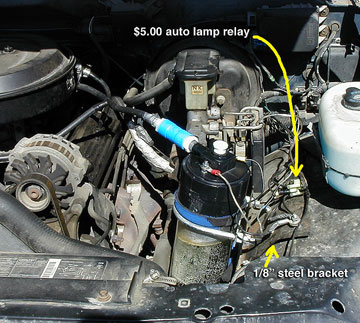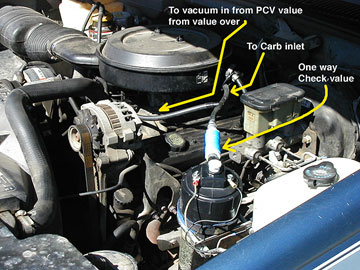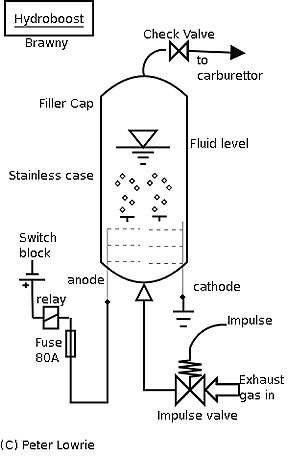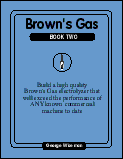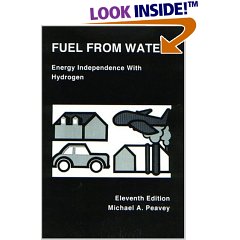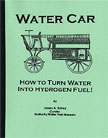




How to make a Hydrogen Booster Yourself
(Since you cannot buy one at the Autozone you make it yourself.
For some reason you don't find Hydro-Boosters for sale in the USA,
but they do make them in Canada for truckers. In future you will find
many companies making them. For now you can make one yourself.
BUY A HHO CELL KIT AND SAVE TIME AND LEARN IT RIGHT
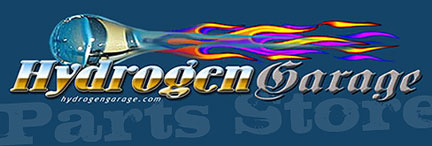
Hydrogen Garage Online Parts Store
Open since 4/07 We are shipping parts daily!
11/15/08 updated : (11/24/21)
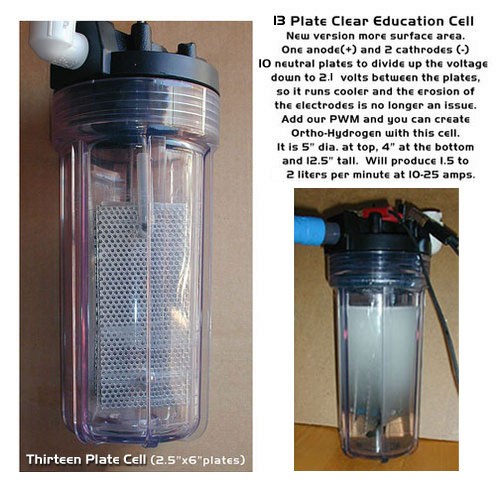
13 plate Clear Cell Kit - only $175.00
Assembled for $230.00
Makes 1.5 liters per minute at 15 amps, and no anode red mud produced.
plates will last 10 years+ Excite it with a square wave pulse $28 DIY PWM kit
and make the2.4x's more powerful Ortho Hydrogen
The NEW Clear Nylon B3 Cell, fits in front of the radiator for a cool ride. This
cell puts out a good amount of hydroxy gas for it's size! A Bob Boyce design.
B3 = Bob Boyce Booster from Hydrogen Junkie. Kit price $250 Assembled for $300
New compact Hydrogen/Oxygen Cell from
HydrogenJunkie.com at affordable prices.
Patrick Kelly has a list of Hydrogen Booster here scrowl down the page.
Also : Browns Gas dot calm has lists of hydrogen boosters for sale.
The first Hydrogen Booster was invented in 1918. Go read the history behind it all first. Many people don't buy the idea that a hydrogen booster will do anything. If they were so great the car manufactures would be making them already. Well, not yet. In 2008 we will start to see the emerging technology. Also know that there are 240 US and International patents on fuel injection systems that get 150-250 mpg! and ZERO are being made today. So why would you think that they will not allow hydrogen boosters to be manufactured? They allow them in Canada. In China they have about 4,000 engineers researching Brown's Gas Generators, they sell for about $300 US dollars in Taiwan and China. They are not allowed to be imported into the US. We cannot switch to water as a fuel overnight, it has to You should be a mechanic type, handy person with a shop or garage with a loud stereo system. You will be tinkering with this thing from time to time. I did not tell you to make one, I'm just showing you how easy it is to make. I'm not liable for your mistakes, Remember safety is no accident. Alot of friends will think you are going to blow yourself up. You are not making a hydrogen bomb. All the egas that this unit makes will be burned up, as you drive. At most up to 5 lbs of egas pressure may build up, it is all this unit will make. It just adds more horsepower, helps complete the burn of all fuel and cleans your carbons deposits, cleans your emissions. I love to have my hydro-booster all running good, for my old truck, it works great. You will save at the pumps, you will clean out the carbon in your engine, you will pass the SMOG test easy. You will have more power. Your engine will last longer. You will be stoked you did it yourself. You will learn about how easy it is to make hydrogen/oxygen as a fuel. Start off with an older car or truck. I don't recommend to install one of these in a any new car, it may void your warranty. These boosters are meant to mend an old car. Save the vehicle, recycle the engine, clean out the carbons, increase gas mileage by 25%. Honda Civic have know to get 50% better gas mileage. that is a great savings at the pump. Older cars are easier to lean the gas/air ratio mix, before the ECU :engine computers came out around 1990 with OBD I and OBDII came out around 1996 on. Below is photos of an older design, made from Home Depot cheap SS switch plates. They will last about 3 - 12 months, depending on how many amps you run. See results.
|
12 volts between the plates will produce a good supply of egas with little electrolyte, but beware of the corrosion factor. This 2001 idea was scraped. See the "New Improved Design"
|
Older designs
|




Download Captain
Patrick's 3 .pdf files
of his clear instructions
on how to make
hydrogen cells
1 • 2 • 3
(from the hydroxy
group files section)

Contact WPC for more
information.
